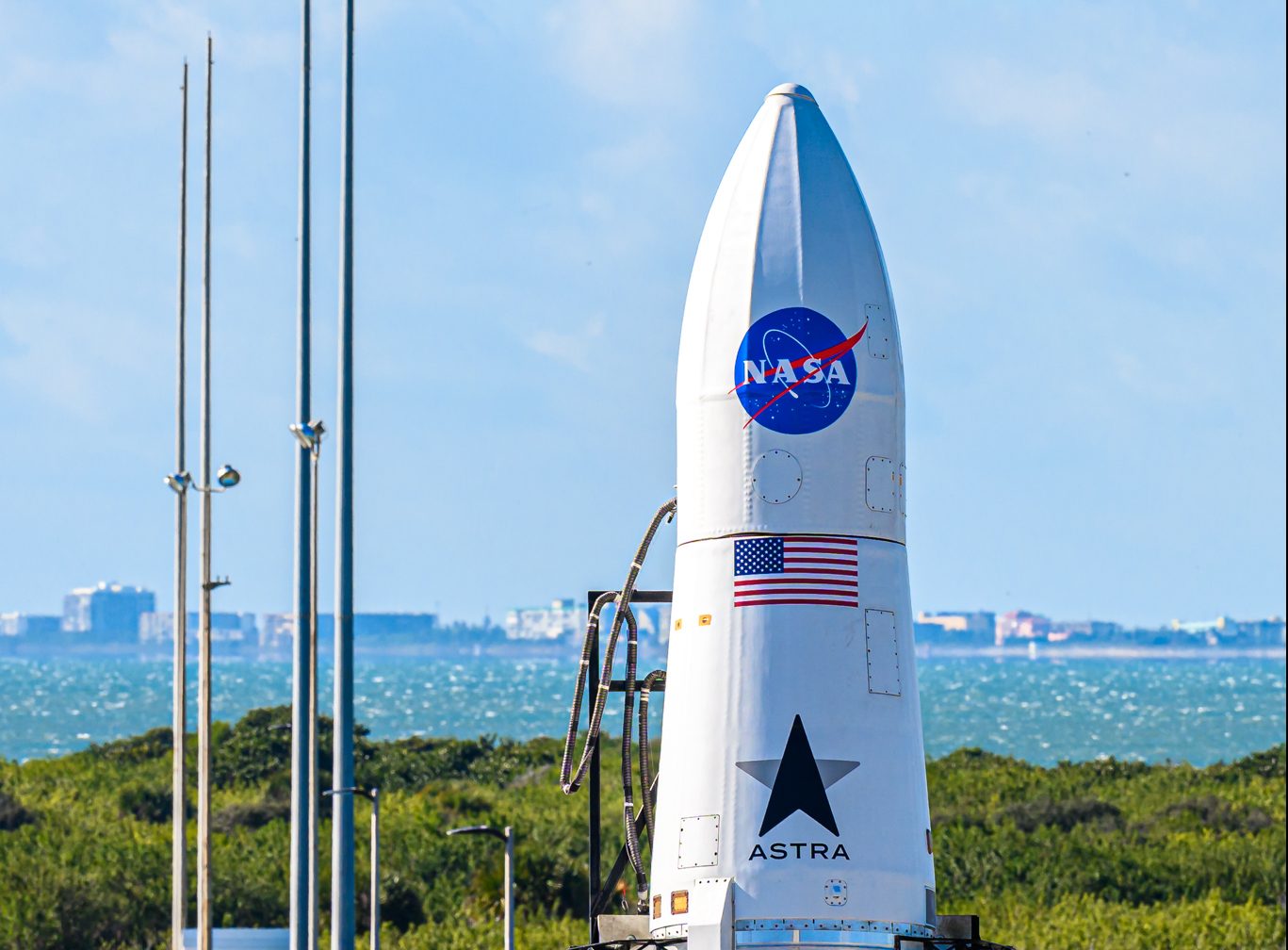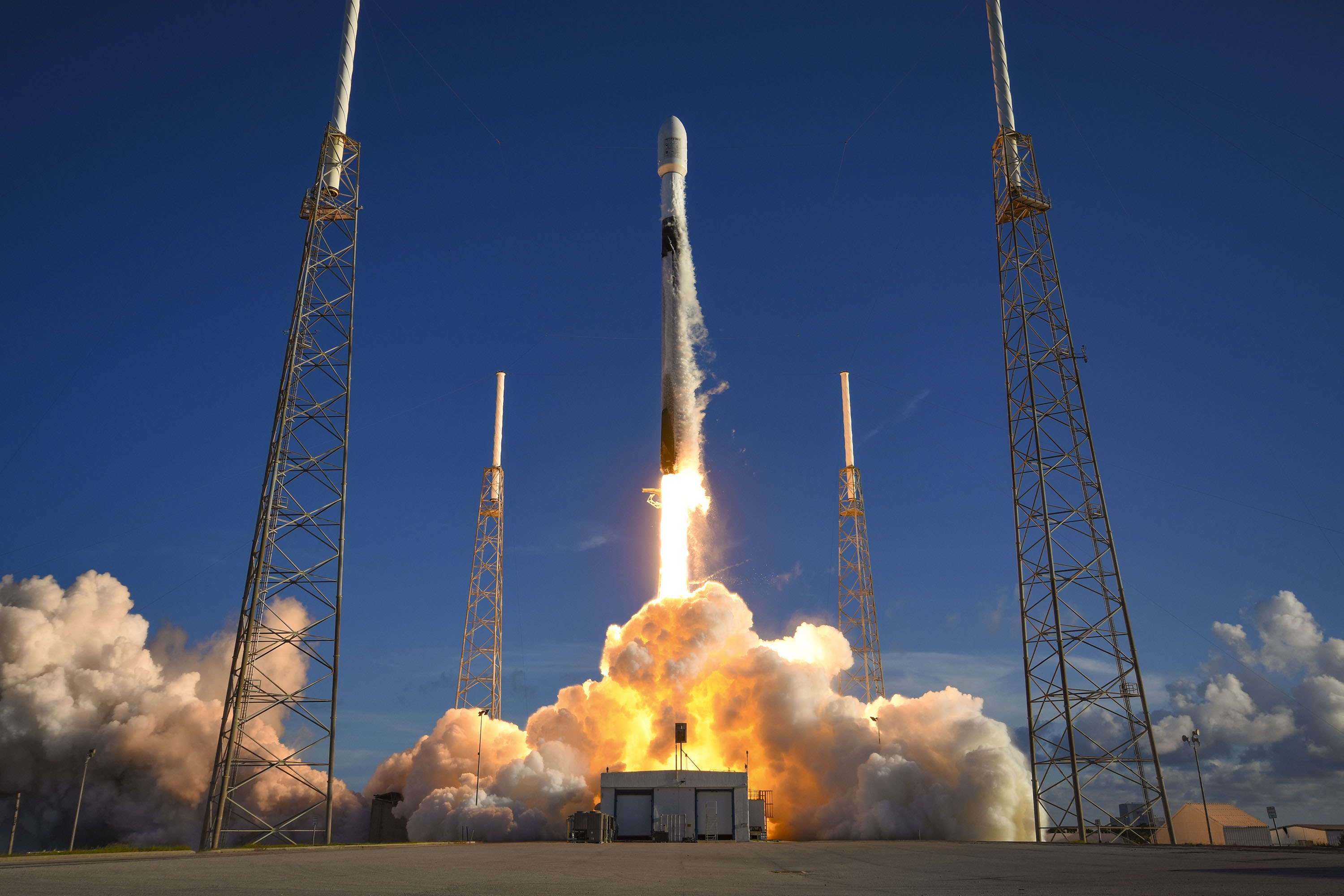Entertainment
Max Q: Refresh

Hello and welcome back to Max Q. Happy belated 10th birthday to the Mars Curiosity rover! We <3 you. In this issue:
- Astra changes strategy in the wake of launch failures
- SpaceX launches South Korean lunar mission
- News from Zenno Astronautics, Blue Origin and more
Astra CEO Chris Kemp told investors Thursday that the company will be no longer launch payloads with its current lightweight vehicle, Rocket 3, and will instead remanifest all launches on a considerably larger rocket that’s still under development.
It’s a big change for the company, which has operated on the hunch that customers are willing to risk a certain number of rocket failures in favor of increased launch cadence and lower costs. Kemp summarized the perspective to TechCrunch back in May: “The expectation I think that a lot of people have is every launch has to be perfect. I think what Astra has to do, really, is we have to have so many launches nobody thinks about it anymore.”
But the switch from Rocket 3 to the larger vehicle, Rocket 4, marks a significant change in strategy that suggests a larger change in tune.

Image Credits: Astra / John Kraus
South Korea launched its first-ever lunar mission — in fact, its first-ever mission beyond low Earth orbit. Formerly called the Korea Pathfinder Lunar Orbiter (KPLO), the mission, managed by the Korea Aerospace Research Institute (KARI), is now named Danuri, a play on the Korean words for “moon” and “enjoy.” Its primary goal is to test South Korea’s lunar spacecraft technology before it makes a bid to land on the surface, tentatively in 2030 if all goes well.
Danuri launched atop a SpaceX Falcon 9 rocket from Cape Canaveral Space Force Station at 7:08 p.m. EDT on August 4, with the rocket’s booster landing successfully on the drone ship “Just Read the Instructions” a few minutes after liftoff.
When Danuri arrives at the moon, stationed in a 62-mile-high orbit, it will perform research with its six science instruments: a magnetometer, a gamma-ray spectrometer, an experimental communications system and three cameras, including one designed by NASA that is sensitive enough to see inside the moon’s permanently shadowed craters, which could contain water ice.

A SpaceX Falcon 9 rocket launches South Korea’s Danuri lunar orbiter on August 4. Image Credits: SpaceX
More news from TC…
- LiveEO, a Berlin-based startup that has built a satellite analytics platform to process raw satellite data, raised €19 million ($19.5 million) amid strong demand for its product.
- Zenno Astronautics closed a NZ$10.5 million ($6.585 million) seed round for its electromagnetic propulsive system, in advance of its first orbital test in the fourth quarter of 2023.
…and beyond
- Blue Origin successfully launched its sixth crewed mission on the New Shepard rocket from the company’s launch facility in West Texas.
- Firefly Aerospace made a slew of new hires to its senior leadership team in advance of the company’s second launch attempt from Vandenburg Space Force Base in California.
- Momentus has deployed four additional customer payloads from its Vigoride-3 space tug, despite that spacecraft experiencing anomalies after its launch at the end of May.
- NASA is confident that private space stations will be in orbit before 2030, ensuring no space station gap, officials said at the ISS Research and Development Conference.
- NASA updated its list of requirements for private astronaut flights to the International Space Station, and is finalizing an additional requirement that all private missions must include a former flown NASA astronaut as mission commander.
- The National Science and Technology Council released a sweeping “orbital debris implementation plan” with specific actions for agencies crafting policy to remediate, track and mitigate debris in space.
- Rocket Lab launched another satellite for the U.S. National Reconnaissance Office from the company’s site on Māhia Island, New Zealand. The mission, dubbed Antipodean Adventure, was delayed due to NRO performing software updates on the spacecraft.
- Slingshot Aerospace, a company that uses multiple data sources to create a real-time digital landscape of space, acquired Numerica Corporation’s Space Domain Awareness (SDA) division and U.K.-based Seradata. Both acquisitions will boost Slingshot’s “space situational awareness (SSA) and space traffic coordination solutions,” the company said in a press release.
- Virgin Galactic will be building an astronaut campus and training center in New Mexico, and it ha secured land for the site near Spaceport America. The company also renewed its launch license for launches from Spaceport America and Mojave Air and Space Port for another two years. Last bit of news — the company again pushed back the start of commercial flights by one quarter, to Q2 2023.
- United Launch Alliance launched a satellite for the U.S. Space Force’s Space Systems Command on its Atlas V rocket, the company’s 152nd mission.
- Xona Space Systems raised around $15 million in a new funding round led by First Spark Ventures, with participation from Lockheed Martin Ventures. Xona wants to launch a constellation of navigation satellites that could be used as an alternative to GPS.
Max Q is brought to you by me, Aria Alamalhodaei. If you enjoy reading Max Q, consider forwarding it to a friend.
-

 Entertainment6 days ago
Entertainment6 days agoEarth’s mini moon could be a chunk of the big moon, scientists say
-

 Entertainment6 days ago
Entertainment6 days agoThe space station is leaking. Why it hasn’t imperiled the mission.
-

 Entertainment5 days ago
Entertainment5 days ago‘Dune: Prophecy’ review: The Bene Gesserit shine in this sci-fi showstopper
-

 Entertainment5 days ago
Entertainment5 days agoBlack Friday 2024: The greatest early deals in Australia – live now
-

 Entertainment3 days ago
Entertainment3 days agoHow to watch ‘Smile 2’ at home: When is it streaming?
-

 Entertainment3 days ago
Entertainment3 days ago‘Wicked’ review: Ariana Grande and Cynthia Erivo aspire to movie musical magic
-

 Entertainment2 days ago
Entertainment2 days agoA24 is selling chocolate now. But what would their films actually taste like?
-

 Entertainment3 days ago
Entertainment3 days agoNew teen video-viewing guidelines: What you should know


















